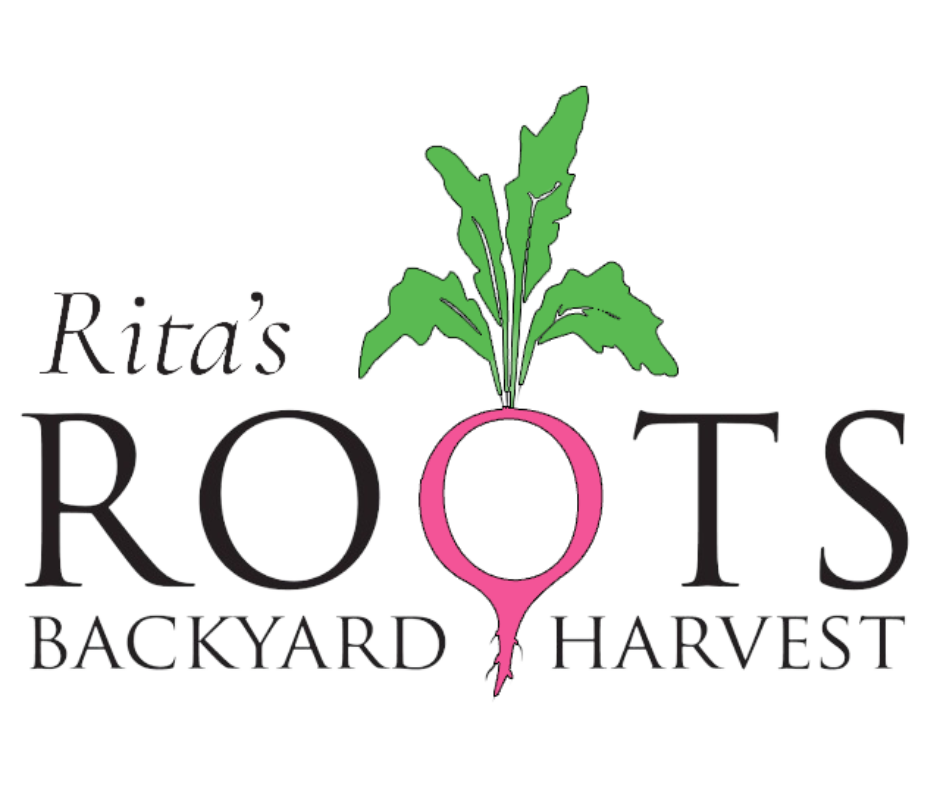3 Steps to Planning Your Spring Garden
Warm, sunny days in February remind us that it’s not too early to start planning your Spring Garden. At Rita’s Roots, our mission is to help you grow your own food. In this article we guide you through the process.
STEP 1: DECIDE WHAT TO PLANT THIS SPRING
Start simple: Pick only 4 to 6 different vegetables for each planting session.
Consider what your family eats. Beets are pretty to grow, but will your family eat them?
Decide between seed or transplants: Transplants will be easier for new gardeners.
Always include flowers in your garden. They attract pollinators and beneficial insects make it pretty and provide beneficial companion planting.
STEP 2: MAKE A DIAGRAM OF YOUR SPRING GARDEN
Always map out where you plant things in your garden. Our clients are supplied with a notebook when they sign up with us. This also serves as a tool to help ensure you rotate crops from season to season to prevent diseases.
When deciding how many plants to grow, keep in mind cool season plants come in a pack of 4. Others such as tomatoes, peppers, and eggplant are sold as individual plants.
Be sure to leave enough room for plants that grow from seed, such as carrots, beets, and radishes.
Consider whether you’ll need room for cages and trellises or whether your plants will need room to run. Cucumbers, for example, could be caged or could run if you have room for them to do so.
Consider when each plant will be harvested. Some, like radishes, will harvest quicker and make room for other plants.
Consider plant height, placing taller plants in the back.
STEP 3: BUY YOUR PLANTS + SEEDS
Mark your calendar for our Cool and Spring Season Plant Sales: Saturday, Feb. 29 and Sunday, March 29.
Carefully choose your plants based on their ability to thrive in the Lowcountry’s climate and resist our pests. (We’ve done that for you at the Plant Sale!)
When searching a seed catalog, look for phrases such as: disease resistant, heat tolerant, bolt resistant and productive in all climates. (We recommend Johnny’s Seeds out of Maine.)
Garden Growers Club members receive 10% off Plant Sales.
STEP 4: ENSURE HEALTHY, FERTILE SOIL FOR YOUR GARDEN
Our native topsoils are very sandy. Gardens need fresh compost and fertilizer added every season.
Consider adding crab shell in case of nematodes in the native topsoil.
A garden expert will be available at the plant sales to help with this or you can map it out at the Garden Planning Workshop
Want more support? Join us in the Garden Growers Club!
